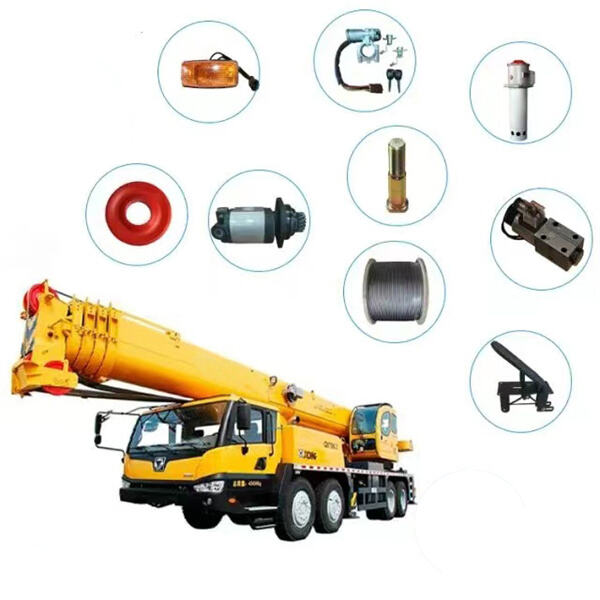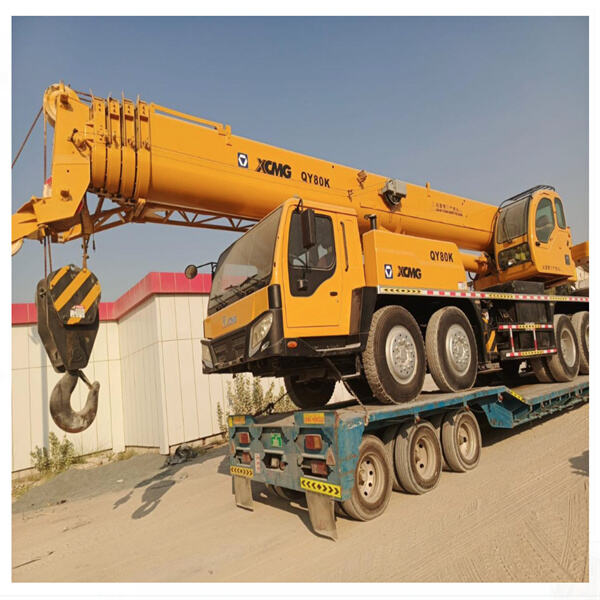Mobile cranes are hefty machines that aid in moving heavy stuff to another location. In the same way that we have different parts to our bodies that all work together, mobile cranes have lots of important parts that work together as well. Let’s dive in and see the various components that form a mobile crane, how they work, and why it’s pertinent to maintain them.
Mobile cranes — such as YHWY’s cranes — have a few main parts that enable them to lift and transport weighty objects. A few of the significant components are: Mobile crane Parts
The different parts and components of a mobile crane have their own unique role and purpose, and these add to the machine’s overall function. The boom extends and retracts, so you can access items at different heights. The counterweights maintain the crane’s stability when hoisting heavy loads. The outriggers provide additional support for the crane. The hook block is the point where ropes or chains are attached to safely elevate objects. The cab is where the operator uses levers to operate the crane.

New Shoes Just as we need new shoes when our old ones wear out, mobile crane parts also wear and need to be replaced when they get old. Worn Parts As with any crane, you should regularly inspect the crane for signs of damage, including worn parts. When operating the crane, search for rust, cracks or odd sounds. If you notice any of these signs, it’s crucial to replace the worn parts to ensure that the crane will stay safe and keep functioning properly.

It is very crucial for the smooth and safe operation of a mobile crane to have regular maintenance. By inspecting and replacing old parts, lubricating moving parts and keeping the crane clean, operators can avoid expensive repairs, help the crane last longer and ensure it is working safely. And regular upkeep also helps spot problems before they become serious, which can also prevent accidents.

With advances in technology, mobile crane parts are also getting better. As a result, replacing parts might make the crane operate better, faster, and with a greater degree of safety. For instance, replacing an old boom with a newer, lighter one can make a crane capable of lifting heavier loads. Better control systems can also make the operator more precise while using the crane. Operators can keep their cranes up to date and at the top of their game by updating their components regularly.